NEWS: WHAT IS THE IDEAL WING QUIVER?
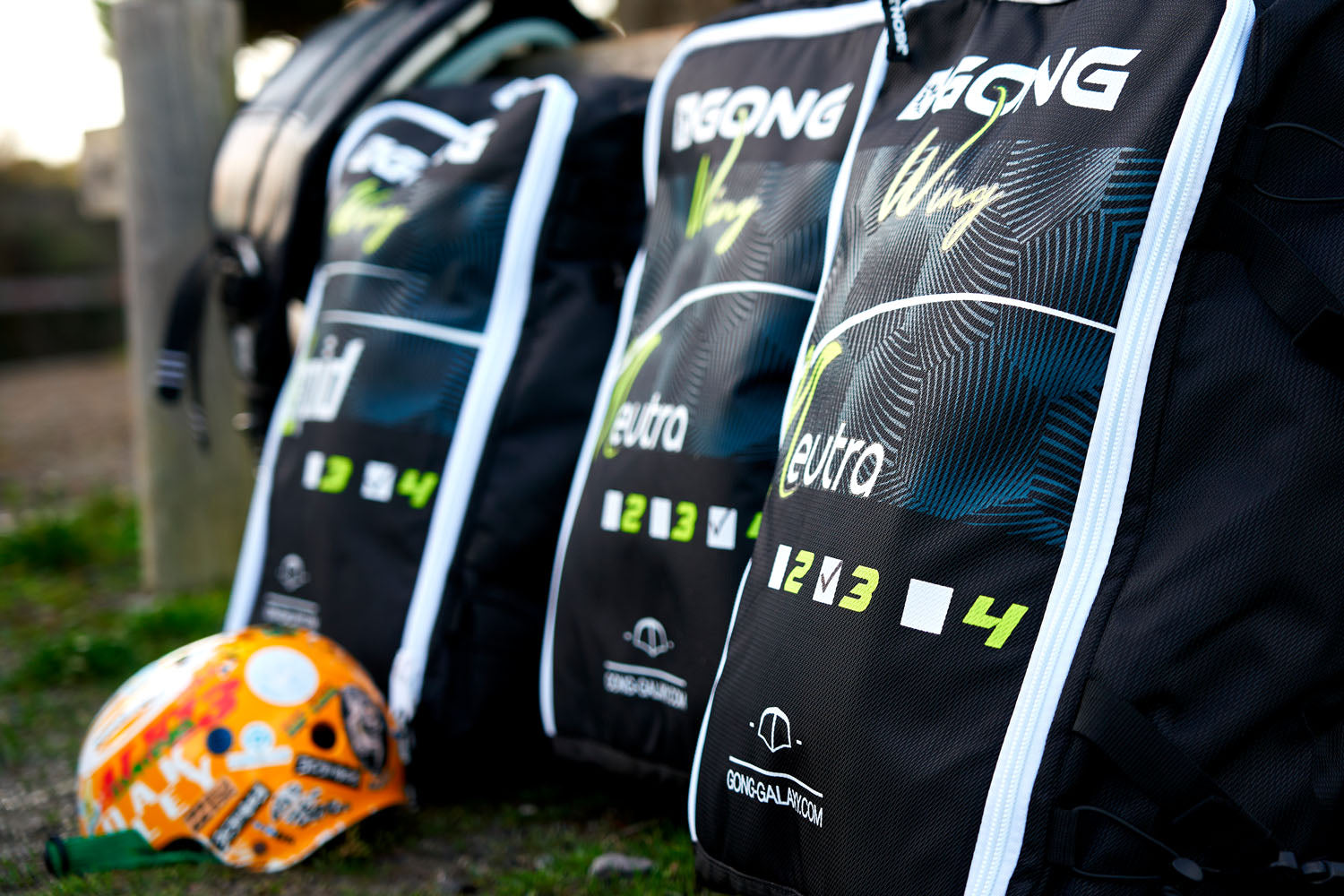
This is a recurring question, even nagging for some 😉 : which wings make up the ideal quiver? If the answer is obvious for a beginner who in the majority of cases should go for a 5m², the practitioners of a more advanced level face a wide choice according to their practice, their spot and their budget.
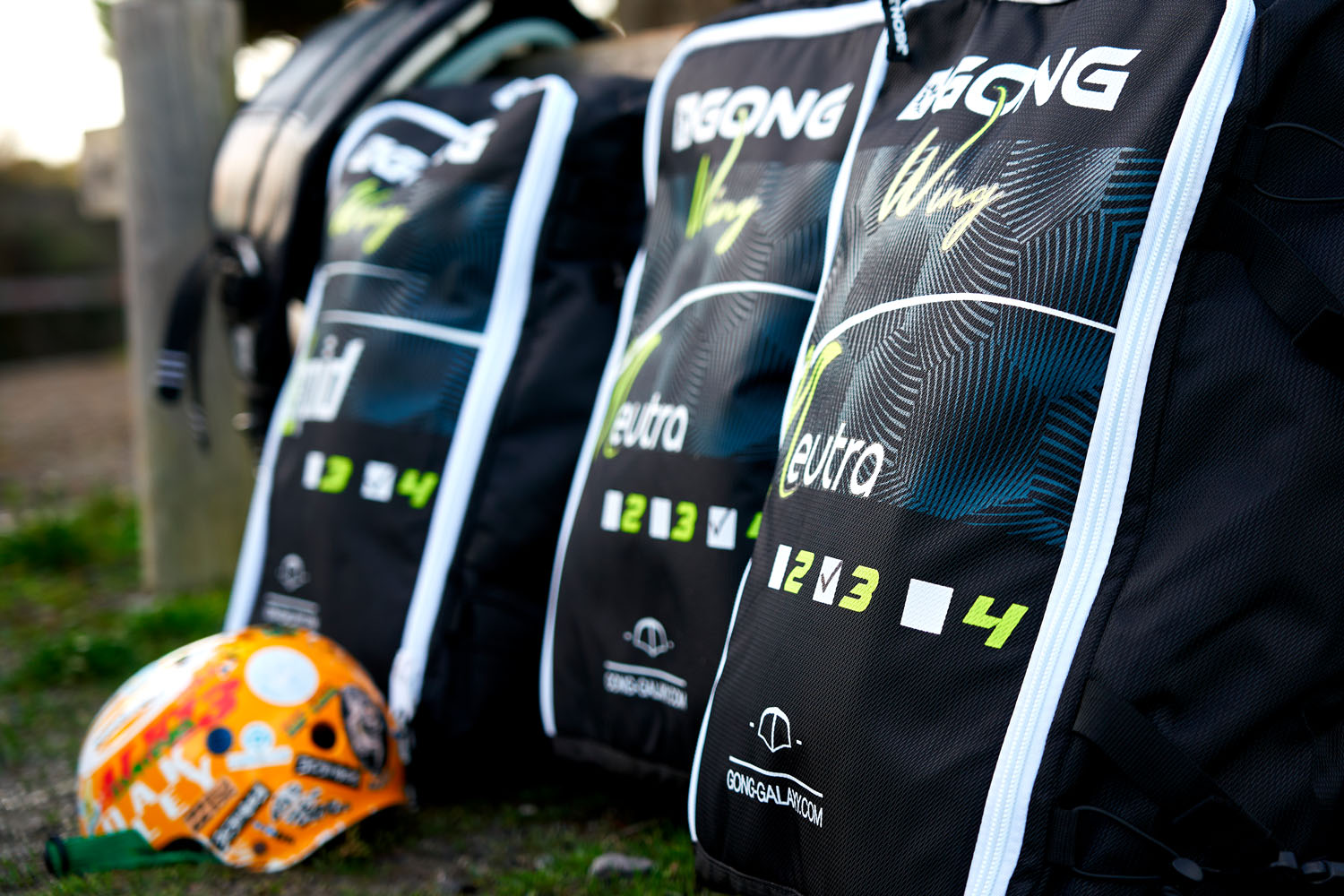
Before we go any further, spoiler alert, the ideal quiver does not exist! 😉 At least, it doesn’t exist permanently. Sensations and needs are refined as you progress. Your equipment will therefore evolve at the same speed. In addition, the quiver for a practitioner who sails year round on an inland body of water is not the same as for one who sails only in the summertime in Tarifa.
To guide your choice, there are of course our buying guides which indicate the wind ranges for each wing surface and for each size. The program of the wing is also important, some wings are more suited to light wind conditions than others, for example. To go further, those data must be transposed to the conditions of your spot in order to compose the quiver that will make sure you score the best conditions 😉 .
Let’s take three examples and analyse the wind stats. No statistic is perfect and the experienced watermen can do without them, but as an overview, here is what a month of wind looks like on an annual basis in Leucate (France), Sotavento (Canary Islands, Spain) and Baleal (Portugal):
Leucate, France
- 8 days with winds between 0 to 10 knots.
- 4 days with winds between 11 to 16 knots.
- 6 days with winds between 17 to 21 knots.
- 12 days with winds above 22 knots.
Sotavento, Spain
- 4 days with winds between 0 to 10 knots.
- 8 days with winds between 11 to 16 knots.
- 13 days with winds between 17 to 21 knots.
- 5 days with winds above 22 knots.
Baleal, Portugal
- 7 days with winds between 0 to 10 knots.
- 8 days with winds between 11 to 16 knots.
- 10 days with winds between 17 to 21 knots.
- 5 days with winds above 22 knots.
Leucate
Leucate is a spot of extremes, it has the highest average in the 0 to 10 knots range and the highest in the 22 and above range. In short, it’s all or nothing when you’re a local in Leucate 😉 For this type of spot, not having a 3m, or even a 2m if you’re of a light weight, is almost unthinkable with more than a third of the month at 22 knots and more (and in Leucate “more”, means “a lot more” ;)). The key question is rather: which wing to complete your strong winds wing with? 😉 A 5m² offers an excellent compromise between range of use and maneuverability. Another option, if your budget allows it, is a Superpower for light wind plus a 4m Droid to enjoy days at the 17 to 28 knots range. This would constitute a 3 star quiver. Obviously, your size, your foil and your board also guide this choice.
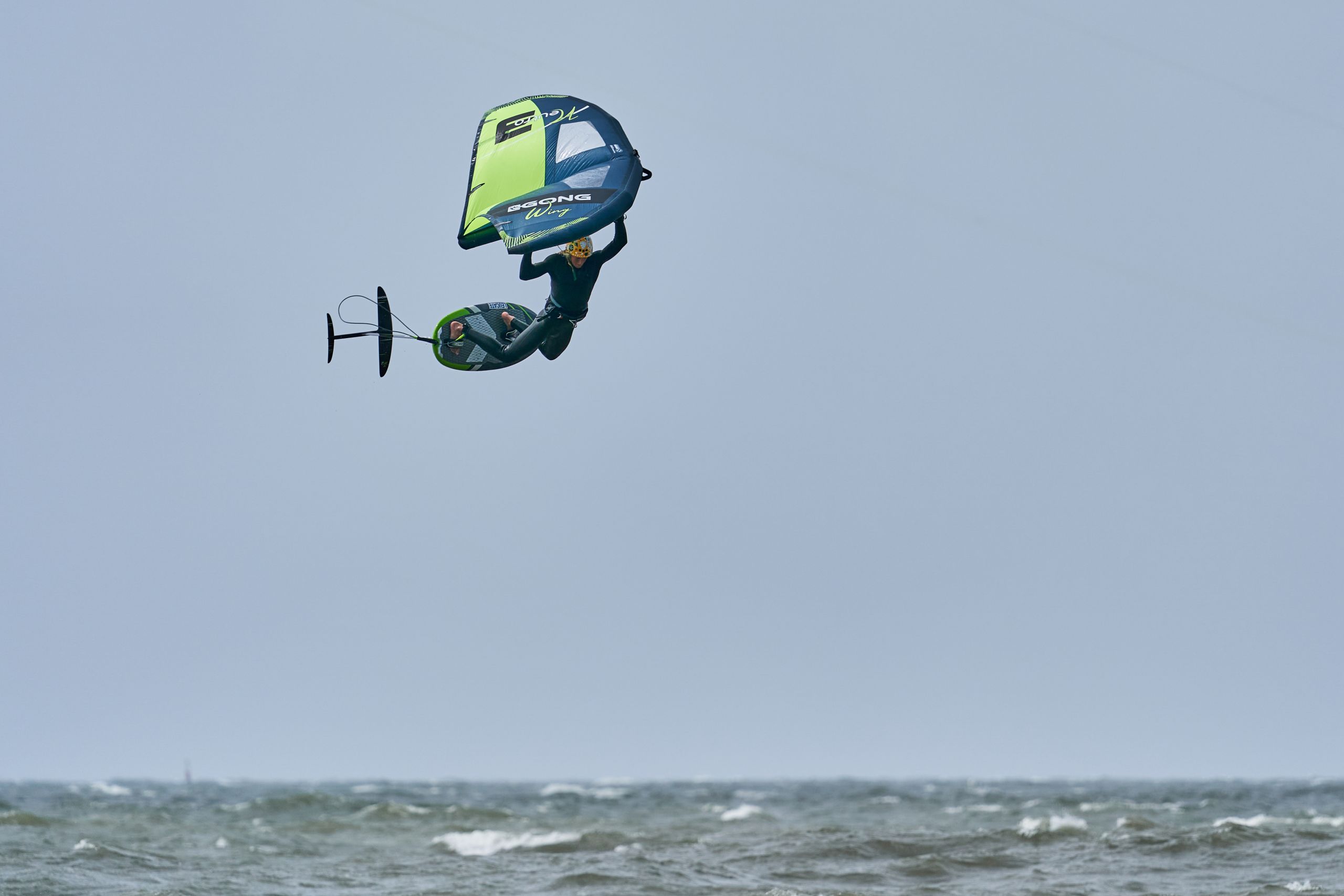
Sotavento
On a spot like Sotavento where the wind blows regularly in the 17 to 28 knots range and above (more than half the month), supplementing your 5m with a 4m allows you to cover most of the best days. The point of choosing a 4m over a 3m is simply to use it more often. Days at over 30 knots are less common than on a spot like Leucate. A 3m would only come out of its bag occasionally, whereas a 4m works from 17 knots for most sizes and can be used up to very strong winds. However, the quality of sesh on a 3m may justify breaking the piggy bank 😉
Pay attention to the seasonality of conditions. The strong thermal winds settle down in the winter. In other spots the stormy conditions tend to disappear during the summertime. So if you want to optimize your summer vacation on those spots, breaking the piggy bank would probably be more relevant if it is allocated to a light wind wing or a foil wing that takes off very early.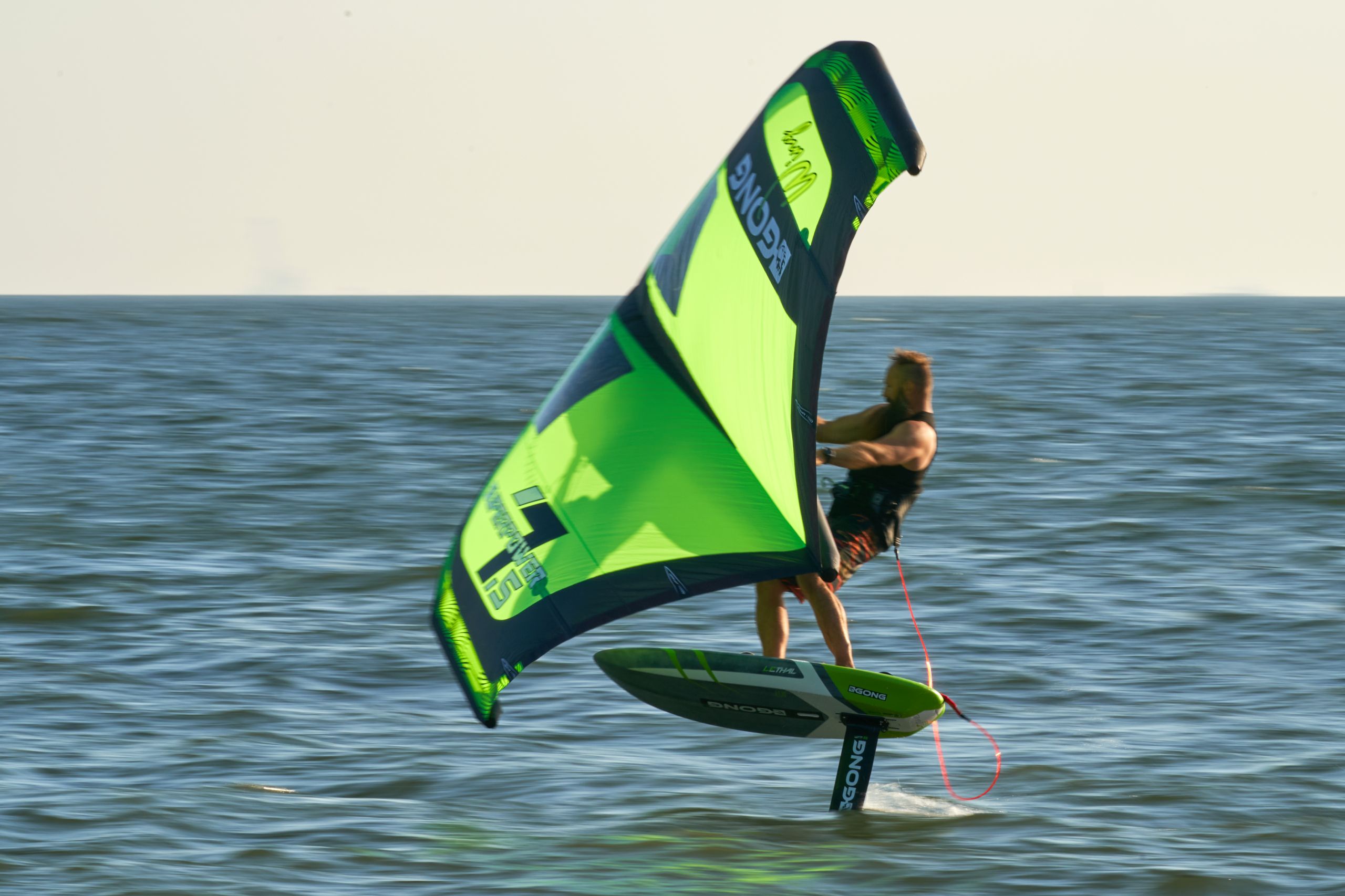
Baleal
The reasoning is similar for a spot like Baleal. A 5m and 4m quiver covers a lot of conditions. However, the seasonality of conditions is important here. A small wing adapted to your program for severe conditions in winter and a Superpower for light seabreeze in the summertime should be considered.
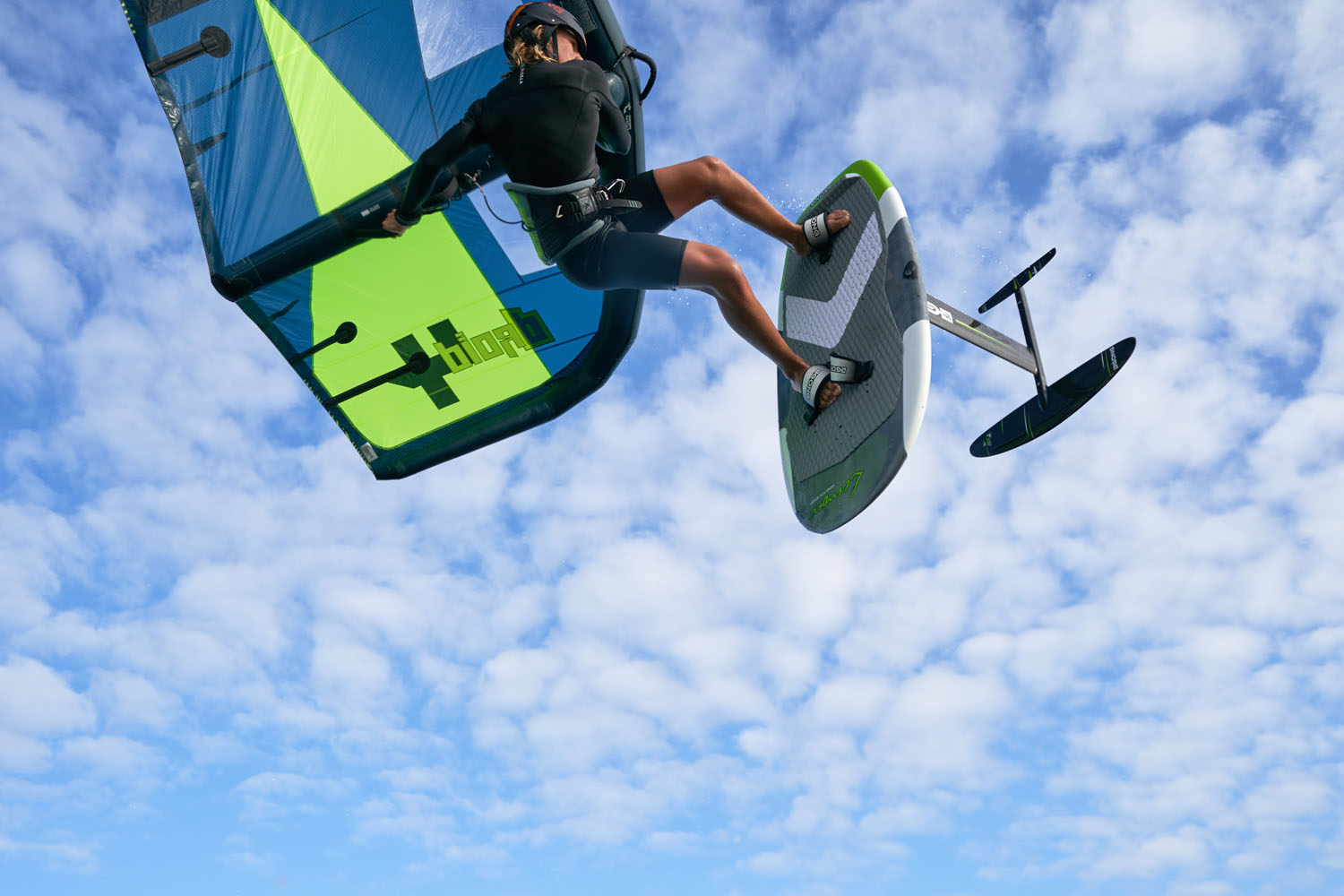
Whatever the spot, the approach is personal. Either cover all the conditions with a significant difference in size between each wing, or favor wings that make it possible to make the best use of the most recurring conditions, or in the words of L’Ours: “My logic is not to have the widest fork, but the one with the teeth that collect the most of my favorite dish ”;)





